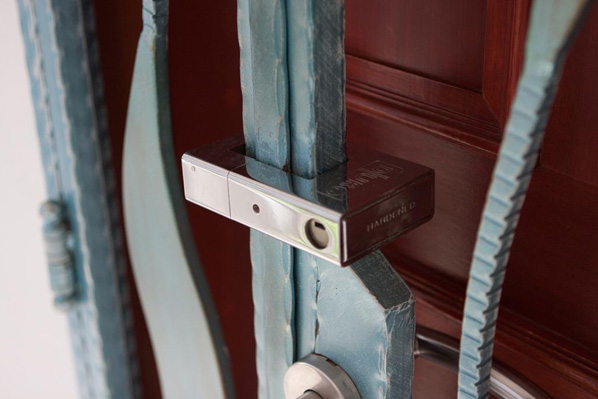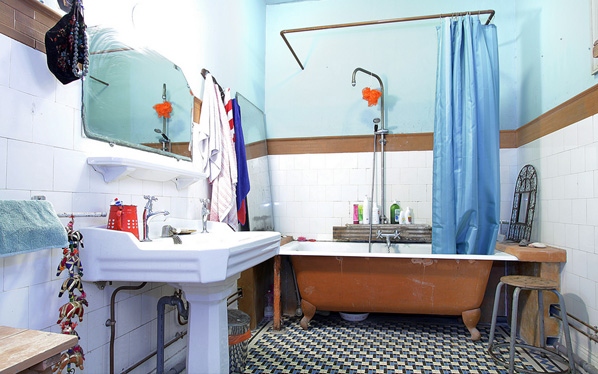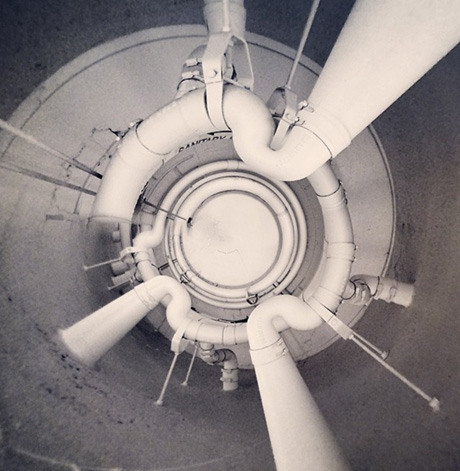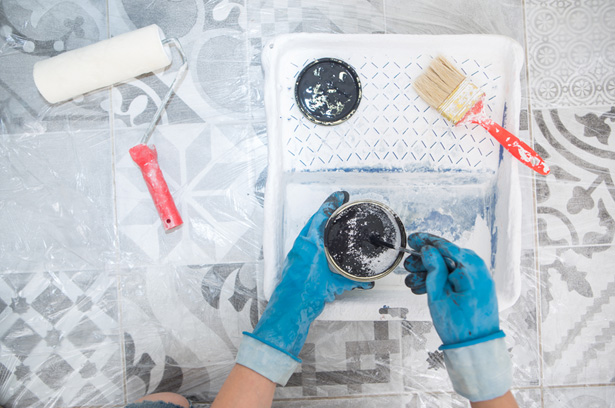
Pakula Piortr/Shutterstock.com
You walk into your revamped home and soak up the warmth of your surroundings. With its new paint job, the Georgian crown molding is an extraordinary display. The cocoa kitchen cabinet looks phenomenal even with its transparent tarps on. The faultless bright walls lift your spirits and instantly washes away the rotten day you had at work.
It pleases you that this is the place you call home. You grin and think to yourself, the paint job has surpassed your expectations. Or so you think. You peek into the toilet and, uh oh, you finally see it – the exposed pipe under the sink. It sticks out like Waldo and needs a fresh coat of paint. How did you miss it?
Odds are, the exposed pipe is not the only spot you’ll forget when planning a paint job at home. Here’s the full list of the most overlooked areas – did your guess make the cut?
1. The wrought iron main gate
It’s crazy how we may miss out some things we use and see on a daily basis, and your main gate is one of those things. Before you begin proper, remove the rust with a hard wire brush. Apply at least one coat of oil-based primer to boost durability and protection. Let it sit until it dries and apply two coats of oil-based paint. Voila, now the gate looks good as new and no one (except you) will know that it’s more than a decade old.
2. Exposed pipes
Exposed pipes stand out, but you can use it to your advantage by painting a contrasting colour on it. This works especially well if you fancy a retro style for your home. Canary yellow pipes against a juniper green background will pull off a funky look.
3. Windows grilles
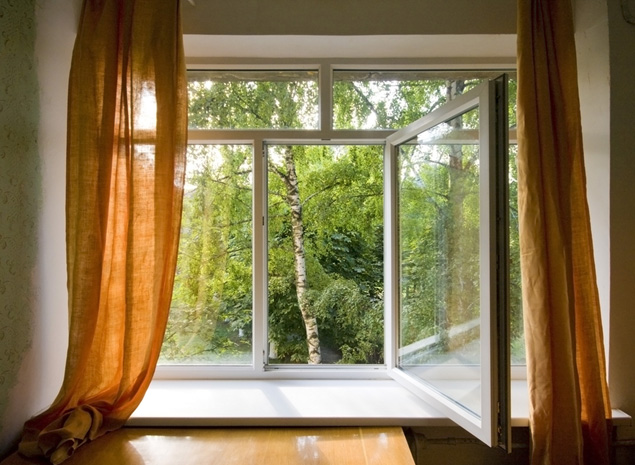
Vadim Kozlovsky/Shutterstock.com
Wear and tear can cause major rust on window grilles. To repaint it, use the same method as we’ve recommended for the main gate. It’ll do the trick.
4. Outlet covers
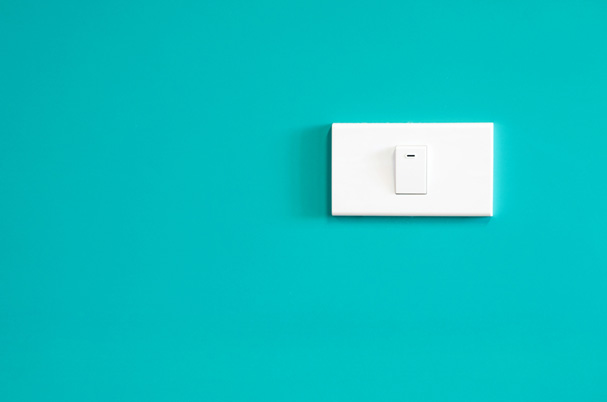
Phichet Chaiyabin/Shutterstock.com
A yellowed outlet cover is an unattractive sight. Painting a fresh coat over it will set back the proper tone.
5. The sanitary branch pipes (and the walls behind it)
For an unconventional approach, use a bold colour to create an unusual visual style. If you don’t want the branch pipes to draw any attention, paint them the same colour as the walls.
How much paint should I use?
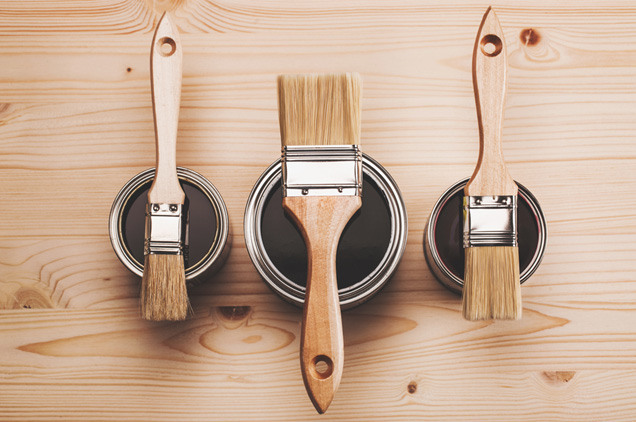
Efetova Anna/Shutterstock.com
When it comes to buying paint, the Goldilocks principle is on point: it should be just right.
First, factor in the height and width of the areas you’re painting and take out the space used by the doors and windows (assuming you’re not painting them). Next, multiply the new total square metre measurement by the number of coats you require and divide the total value by the m²/litre value on the paint tin you’ve selected.
If that triggers some kind of PTSD (post traumatic stress disorder) from your math exams, we have a solution! To keep it fuss-free, head on over to our paint calculator to take a deeper dive.
Different brushes and rollers achieve different results. The same rule applies to the quality of paint. A 2.5cm straight-edged or angled paint brush is ideal for small corners. For large flat surfaces, you can’t go wrong with an 8cm straight-edged brush.
If you have leftover paint, don’t throw it away! Use it to work on small projects. Old lamps, picture frames, and beverage coasters are great alternatives to put the extra paint to good use. Put your creativity chops to the test and reinvent these old items into new pieces you’ll love.
With these simple tricks, you’ll save extra cash and give your home the ambience and individuality it deserves.
10 Painting Terms You Should Know Before Buying Paint

